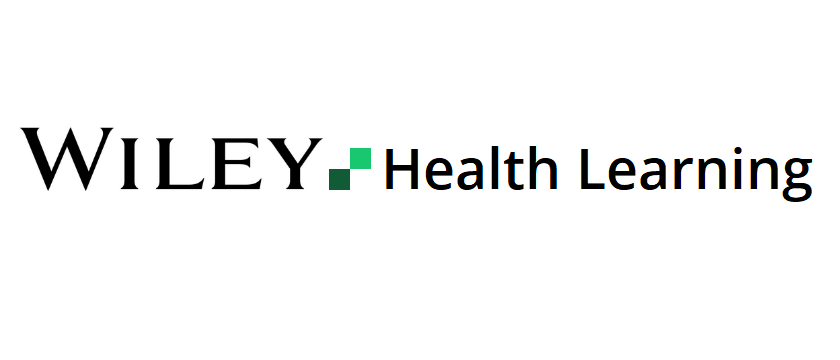Objective
What is different about migraine in women? Although the diagnostic criteria for migraine are the same among genders, women often have more severe, prolonged attacks with a greater burden of accompanying symptoms. In addition to the increased attack severity and associated disability, migraine in women is often influenced by female sex hormones. The onset of puberty is associated with a higher incidence of migraine, hormonal changes during the menstrual cycle drive increased headache frequency during menses, pregnancy may be associated with changes in migraine frequency and phenotype, and migraine activity often increases again during perimenopause before decreasing in the post-menopausal period. A person’s sex also affects treatment of migraine, as menstrual migraine treatment may be approached differently than migraine outside of menses. Management of migraine in females is also often informed by the possibility of pregnancy. This virtual issue of Headache highlights recent research relevant to migraine in women, with a focus on papers published in the past 2 years.
Activity Disclosures
No commercial support has been accepted related to the development or publication of this activity.
Faculty disclose no financial relationships. This activity underwent peer review in line with standards of editorial integrity and publication ethics. Conflicts of interest have been identified and resolved in accordance with John Wiley and Sons, Inc.’s Policy on Activity Disclosure and Conflict of Interest.
Accreditation
John Wiley & Sons, Inc. is accredited by the Accreditation Council for Continuing Medical Education (ACCME) to provide continuing medical education for physicians.
John Wiley and Sons, Inc. designates this journal-based CME activity for a maximum of 4.5 AMA PRA Category 1 Credit™. Physicians should only claim credit commensurate with the extent of their participation in the activity. For information on applicability and acceptance of continuing medical education credit for this activity, please consult your professional licensing board.
The American Board of Psychiatry and Neurology has reviewed Migraine in women and has approved this activity as part of a comprehensive Self-Assessment activity, which is mandated by the ABMS as a necessary component of Continuing Certification.
This activity is designed to be completed within 4.5 hours. To successfully earn credit, participants must access and complete the activity during the valid credit period, which is up to two years from initial publication.
Link to content: Migraine in Women: Headache: The Journal of Head and Face Pain (wiley.com)
Subscription access to Headache: The Journal of Head and Face Pain is required for article content not under Open Access license.
AHS members may access the journal through their membership portal. Please visit the American Headache Society website for more information on becoming a member.
